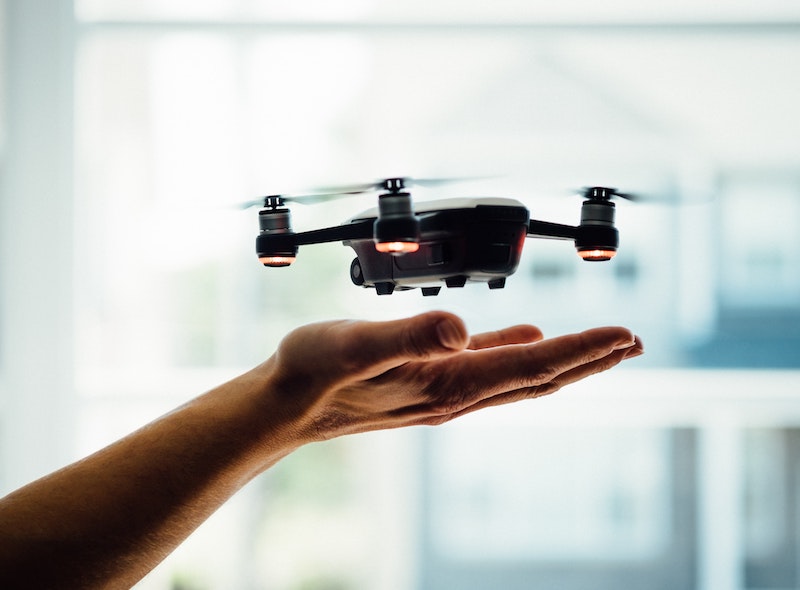By Spencer Chen, Managing Director of Rectron
Here are just some of the trends we are keeping an eye on this year.
1. Smart backup power solutions
For South African businesses, large and small, the continuous energy insecurity is a huge concern. However, it’s not a new challenge for business owners and many have sought out reliable backup power solutions to ensure continued operations.
Solar is slowly becoming more accessible with more financing options available including loans from traditional banks as well as subscription offerings from solar companies. And in a country where we have on average 2 500 hours of sunshine annually, switching to solar makes a lot of sense.
Earlier this year, we partnered with Huawei to distribute its FusionSolar Smart PV system. Business owners can install the Smart PV panels on commercial rooftops while the FusionSolar intelligent management technology ensures an optimal user experience.
EcoFlow is another backup power solution that we are distributing locally. These fast charging, high capacity power stations offer efficiency, convenience and portability without the fumes of a generator. The Delta Pro can withstand several hours of heavy-duty use, while the Delta Max has a huge 3400W AC output for the likes of fridges and even power tools.
2. Companies realise the benefits of cloud
Cloud adoption shows no sign of slowing down as more companies migrate their data, IT infrastructure and processes to a cloud platform. According to the IDC’s State of Cybersecurity report, 48% of organisations in South Africa have migrated to the cloud. It is no longer a matter if but when.
We saw the power of cloud technology in 2020 when we went home to work. Since then, businesses have been able to use it for more than just remote or hybrid work. We are starting to see more organisations make the move and establish cloud-powered foundations within their day-to-day operations. As a result, companies are starting to see a reduction in IT spend, greater protection of company and customer as well as improved automation capabilities.
With a cloud service like Acronis, businesses have peace of mind when it comes to securing their data and IT infrastructure. This allows their IT staff more time to focus on the things that matter.
3. Point-of-sale has cross-industry appeal
Point-of-sale devices are enabling businesses to operate more efficiently, empowering workers and ensuring future-proof adaptability. We are no longer seeing these devices solely in the retail space, but in healthcare, manufacturing, warehousing, logistics, security and banking.
As a result of COVID-19, we saw the QR code take off and now it’s universal. It has helped customers engage with brands in new ways from their smart devices, while for businesses it has made automatic identification and data capture (AIDC) tech more accessible. For those in the healthcare industry, Zebra’s range of scanning and printing devices can better support inventory management, patient data, and overall care.
4. Drone tech set to take off
While drones have become quite common in the local mining industry for land surveying, South Africa currently only uses 30% of drone technology applications. However, we can definitely expect this number to grow as these devices find their way into different industries. There’s a lot of untapped potential in conservation to protect and monitor wildlife, while in agriculture drones are not only providing farmers with more detailed data about crops but are also being used for pesticide treatment and pollination. As drones continue to advance, we’ll see their features being adapted for different industries.
These days, drone manufacturers have improved the technology to provide longer battery power and greater range. We’re also seeing interesting developments in DJI’s range of drones that allows users to land, recharge and download data from their drones and repeat this process easily and efficiently.
While a number of challenges lie ahead, we are ready for all that 2023 will bring. With the right solutions in place, organisations can continue to gain a competitive edge as they adopt and deploy these new technologies.
Find out about the latest tech trends at Africa Tech Week




.svg)















